|
0 Comments
My KeywordsAccording to the Making Room for the Arts Essay by Jessica Hoffmann Davis, EdD, students learn to acknowledge and find meaning in the feelings of others as they seek to understand timeless works of art and/or work created by their peers. Unlike other subjects, art teaches our children about expression and empathy. Works of art evoke different understandings that change with different individuals and over time. I want to become an art educator who practices art education that enables students from various backgrounds to understand and empathize with their surroundings, including themselves. And that's why I went to graduate school. I want to create an educational program that can practice effective art education, especially for immigrant and third-world children. ——> An educator from immigrants who understands immigrants well, and an art social educator who can sympathize with others and create a desirable art community together due to various experiences and backgrounds. This is the keyword I extracted after thinking about the title of educational artist. What is a Teaching Artist? In By Eric Booth, it struck me that art, just as art exists in the object being observed, depends on the fundamental act of creativity: the individual's ability to expand their sense of possibility. And as Eric Booth's theory, I think it's my role to help build a creative world that expands each student's ability to discover potential and expand their senses. In this respect, A children's book writer who expands the possibilities of students, a creative writer who realizes be Art, not art, as Eric Booth claims. This is the keyword I extracted after contemplating the title of creative artist. I was impressed by the Making Room for the Arts Essay by Jessica Hoffmann Davis, EdD, where learning is fun. Discovery is fun. Turning our thoughts into objects is really fun. Let's not mislead students into thinking that education has a fixed trajectory. Teaching and learning are adventures full of risks and surprises. In this sense, I plan to actively utilize illustration after discovering that children become more friendly and active when teaching children using illustrators. So I've been drawing pictures using illustrator since before. When I was thinking about the title of illustrator inventor, I extracted my keywords as a fun discoverer that helps students find joy in art education, and an art magic magician who tells me that art is exciting and exciting like magic. And I summarized the above keywords. * Educational Artist: An educational artist from immigrants who understands immigrants well, and an art social educator who can sympathize with others and create a desirable art community together due to various experiences and backgrounds. * Creative writer: A children's book writer who expands the possibilities of students, a creative writer who realizes be Art, not art, as Eric Booth claims. * Illustrator and inventor: a fun discoverer who helps students find joy in art education, an art magician who tells us that art is exciting and exciting like magic. A human art warrior against artificial intelligence that protects the value of art and protects students from a non-artistic world This post is a note after reading the article: Neil Gaiman: Why our future depends on libraries, reading and daydreamingIt doesn't matter what people tell you which side they're on, what their reasons are, or whether they're biased or not. It is a kind of declaration of the interests of its members. So I'm going to talk to you about reading. I would like to say that libraries are important. I would suggest that reading fiction, i.e. reading for pleasure, is one of the most important things a person can do. I will make an earnest appeal for people to understand what a library and a librarian are, and to preserve both.
And I'm obviously and incredibly biased. I am a writer and often the author of fiction. I write for children and adults. For about 30 years I have made my living mainly by making up and writing down words. It's my interest to help people read books, read novels, where libraries and librarians exist, and to help foster a love of reading and a place where reading can happen. So I am biased as a writer. However, I am much more biased as a reader. And I'm even more biased as a British citizen. I am giving this talk tonight, sponsored by the Reading Agency. Sponsored by Reading Agency, this charity's mission is to give everyone an equal chance in life by helping people become confident, passionate readers. Supports literacy programs, libraries and individuals, and explicitly promotes reading. Because when we read, everything changes. This is that change, and the act of reading that I want to talk about here tonight. I want to talk about what reading is. why it's good I was once in New York and heard a lecture about the construction of private prisons, a huge and growing industry in the United States. The prison industry needs to plan for future growth. How many cells do you need? How many prisoners will there be 15 years from now? And they found that it was very easy to predict using a very simple algorithm based on the question of what percentage of 10- and 11-year-olds could not read. And it certainly couldn't be read for pleasure. It's not one-to-one. It cannot be said that a literate society is crime-free. However, there is a very real correlation. And I think some of the simplest correlations come from very simple things. People who can read read novels. The novel has two uses. First, it is a gateway drug to reading. The need to know what's going to happen next, the need to turn the page, the need to keep going even when it's hard, because someone is in trouble and needs to know how it all ends... It's a very real need. And it forces you to learn new words, think new thoughts, and move on. To discover that reading itself is enjoyable. Once you learn that, you'll be on your way to being able to read everything. People who cannot understand each other cannot exchange ideas, cannot communicate, and translation programs only go so far. We need our children to climb the reading ladder. Whatever your children love to read, they will develop literacy, step by step. The second thing fiction does is foster empathy. When you watch TV or watch a movie, you are watching what happens to other people. A novel can show you a different world. It can take you to places you've never been. Like those who have eaten fairy berries, after visiting another world, they are never completely satisfied with the world they grew up in. Complaining is a good thing. People who are dissatisfied can correct and improve their world, and they can either stay better or leave. they are different If you are stuck in an impossible situation, in an unpleasant place, with people who hurt you, and someone offers you a temporary escape, why not accept it? And escapism novels are just such novels. It's a novel that opens doors, shows the sunlight outside, gives you a place to go where you have control, and is with people you want to be with (and books are real places, so make no mistake). ); And more importantly, while escaping, books can provide knowledge about the world and your predicament, and provide weapons and armor. There are also real objects you can bring to jail. Skills, knowledge and tools you can use to escape in real life. I don't believe all books will make their way to screens. As Douglas Adams pointed out to me over 20 years before the Kindle, physical books are like sharks. Sharks are old. Even before dinosaurs, there were sharks in the sea. And the reason sharks are still around is because sharks are better at being sharks than anything else. Real books are sturdy, indestructible, water-resistant, solar-powered, and feel great in your hand. It is suitable to be a book, and there will always be a place for a book. Just as libraries already become places of access to eBooks, audiobooks, DVDs, and web content, they belong to libraries. In a world of texts, emails and written information, literacy is more important than ever. We need to read and write, and we need global citizens who can read comfortably, understand what they're reading, understand the nuances, and understand themselves. Albert Einstein was asked how to make our children intelligent. His answer was simple yet wise. “If you want your children to be smart, read them fairy tales. If you want your kids to be smarter, read them more fairy tales.” He understood the value of reading and imagination. I hope we can give our children a world where they can read, read, imagine, and understand books. What is a Teaching Artist? By Eric Boothhttps://ericbooth.net/what-is-a-teaching-artist/
In the evolving field of arts education, there is no agreed-upon definition of 'artist education'. Just five years ago, even this term was controversial among those who preferred the more traditional designations of 'visiting artist', 'resident artist' and even 'arts educator'. We still live in an age of teaching artists. By the way, this is the original meaning of the term 'profession', professing a profession instead of obtaining a degree or certificate. Whether your job will earn you a living depends on the quality of the work you do, not your qualifications. This is still true in the field of art education. Even if you don't have any formal qualifications, if you have the skills, you do the work and in most cases you get better with experience. One clunky definition of the term I'm using is an artist who chooses to include as an active part of their career educating others artistically beyond teaching the skills of the art form. • The Teaching Artist is a model for the 21st century artist and at the same time a model for highly engaged learning in education. • Artist education is the future of American art. Inherent in artistic experience is the ability to expand our sense of how the world currently exists or could exist. Art, just as art exists in the object being observed, depends on the fundamental act of creativity: the individual's ability to expand their sense of possibility. Art exists in engagement experiences as well as the objects that ignite them. Art lives in verbs as much as it does in nouns. A teaching artist is a designated expert on art verbs. Their skills can support, guide, educate, and illuminate people's ability to succeed individually in creating artistic meaning in the finest artistic products. Teaching artists are also artists, and often good artists. This is why they are models for 21st century artists. It can be said that the core activity of art and learning is to make a personally relevant connection between oneself and the new. Teaching artistry as a discipline actually started in the 1980s. In response to the Reagan Administration's cuts to arts education in schools, arts organizations began providing services directly to schools, and artists became the primary conduit for these services. Art institutions such as the Lincoln Center Institute (where I started learning how to become an artist educator), Chicago's Urban Gateways, and others began training and sending an increasing number of artists to schools. Teaching artists bring a spark of energy and outsiders that can be a catalyst and inspiration for work within the school. As TA grows into the 21st century, its biggest challenge has been the integration of the arts, the largest art learning experiment taking place in the United States today. Arts learning is grafted onto learning in other subjects. For example, include the study of music in the social studies curriculum. Define exactly what a teaching artist is. Let's go back to the unanswerable question. Teaching artistry is an improvisational expression of the verb art, and it is also a kind of introspection to ascertain what it is to teach an artist. Here's an improvisation from eight smart fellows who are current or former teaching artists who responded to my question in 2003 to create a definition of an teaching artist. A teaching artist is a practicing artist for whom teaching is part of that practice. Teaching artists don't necessarily have a teaching degree, but they may. Teaching artists are role models in lifestyle, discipline, and skill. They transmit oral and experiential traditions in the way they think, see and be. They are educators. In the truest sense of the word (the etymology of the word education is to draw) they are not 'putting in' but 'drawing out'. They act as guides/facilitators/bridges to creativity. Teaching artists are social activists. Tina LaPadula, Performing Arts, Seattle Teaching Artists are practicing artists who are deeply immersed in (and live and think in) the art form and who go to great lengths to share their artistry with students and teachers in their schools. Music Education Artist Judith Hill An educational artist is one whose proficiency in one or more arts disciplines is complemented by knowledge and experience that facilitates the skills and knowledge acquired through the arts among students, teachers, and other practitioners. Richard Bell, National Young Audience A teaching artist is a practicing professional artist who expands the definition of a practicing professional artist to include working with classroom teachers for the purpose of advancing teaching and learning. This goal is achieved through the design and presentation of activities that aim to reveal the curriculum by engaging students in craft media, techniques, procedures, and social/historical contexts. Daniel Windham, The Wallace Foundation A work of art is produced when an artist 'teaches' through his or her work (and by teaching doesn't mean to inform so much as to open up possibilities). Let's conclude from the beginning. Etymologically, the word art comes from an Indo-European root meaning to hold things together, and the word teach comes from a Greek word meaning to show. Thus, the term teaching artist is born from two verbs (appropriately, since the work of an teaching artist is more about creation than information), and can be said to mean someone who demonstrates how to put things together. Making Room for the Arts Essay by Jessica Hoffmann Davis, EdD As a student of artistic expression and creativity in Room 13 Quest, the child artist's clear and simple answers are fun and inspiring. funny. why again? The enjoyment children get from artistic activities is, on the one hand, the heart of the matter, but on the other hand, it is beside the point. Because fun is a word that educators too often think of as foreign.
Why should the arts be prioritized in our children's education? This is a question that Hoffmann Davis's two managers ask each year as they deal with budget and time constraints. More than any other subject, the arts are constantly being asked to justify their value to the curriculum arbiters who determine what our children learn in school. As an advocate for arts education for over half a century, I've seen this legitimacy change repeatedly with the divergent priorities of mainstream education. As a child in the 1940s, I thought making and understanding art would help me grow into a whole person who could express myself and empathize with others. These results were valued in an age of progress. In the 1950s, with the launch of the first artificial satellite, science education boomed, and art began to be classified as 'good but not necessary'. Reflecting various trends in pedagogy and psychology in subsequent decades, arts education has been promoted as contributing to a very wide range of outcomes. These include: 1) development of cognitive skills that characterize critical thinking and mind habits, such as self-initiated and self-regulating capacities; 2) acquisition of personal and interpersonal skills ranging from increased self-esteem to leadership and/or collaboration skills; 3) as a means to improve learning in non-arts (i.e., more important) subjects, increase IQ, and improve scores on standardized tests; 4) as a means to increase school attendance and reduce dropout rates (Davis, 2012). In creating their own work and understanding the work of others, students are expected to apply and develop their imaginative skills. Thinking beyond the givens of what philosophers have called "what ifs" (Greene, 1995). Students learn to acknowledge and find meaning in the feelings of others as they strive to understand timeless works of art and/or work created by their peers. Unlike other subjects, art teaches our children about expression and empathy. ambiguity. A work of art does not have a clear meaning like words or numbers. Works of art evoke different understandings that change with different individuals and over time. Because art is ambiguous, art learning introduces our children to interpretation, the ability to create multiple understandings from a single piece of art. Art learning teaches our children interpretation and respect. Some educators argue that student polio should be called “process polio” and that its overarching goal is to acquire self-assessment skills—the ability to explain why something was done and consider its effects (Gardner, 1989). The process orientation of art works invites our students to engage in conversations about real questions, questions that have no right or wrong answers, but which can lead to new questions that facilitate the process of creating and understanding the work of others. . Art learning teaches our children to explore and reflect. After your life draws or takes pictures, you will see the paintings and photos in your gallery in a new light. She will feel connected to the artists who created the work and the themes they represent. These connections are enriched and expanded when students have the privilege of working with artists in residence. When students experience the joy of being part of an ensemble, they will understand the relevance of co-creating performance pieces. By participating in a functional studio space such as Hoffmann Davis' Room 13 Inquiry, students gain a range of life skills linked to a valuable and actionable arena: the world of art. The sense of participation sustained by making and sharing extends beyond the moment of performance or meeting in a gallery to a profound realization of one's humanity revealed and experienced through art, that is, one's participation in the cultural landscape. And as we often see in the powerful social commentary provided by artists, there comes a sense of responsibility to one another and to the broader field of humanity. Artistic connection introduces our students to participation in and our responsibility to the world of others. Learning is fun. Discovering is fun. Turning our thoughts into objects is really fun. Let's not mislead students into thinking that education has a fixed trajectory. Teaching and learning are adventures full of risks and surprises. |
Myungja Anna KohArtist Categories
All
Archives
July 2024
|
Proudly powered by Weebly

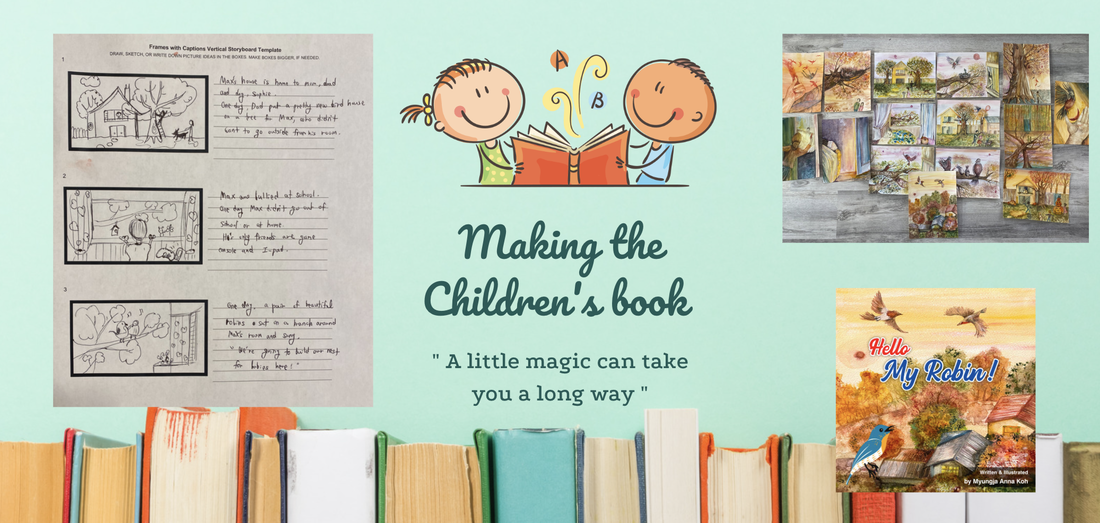
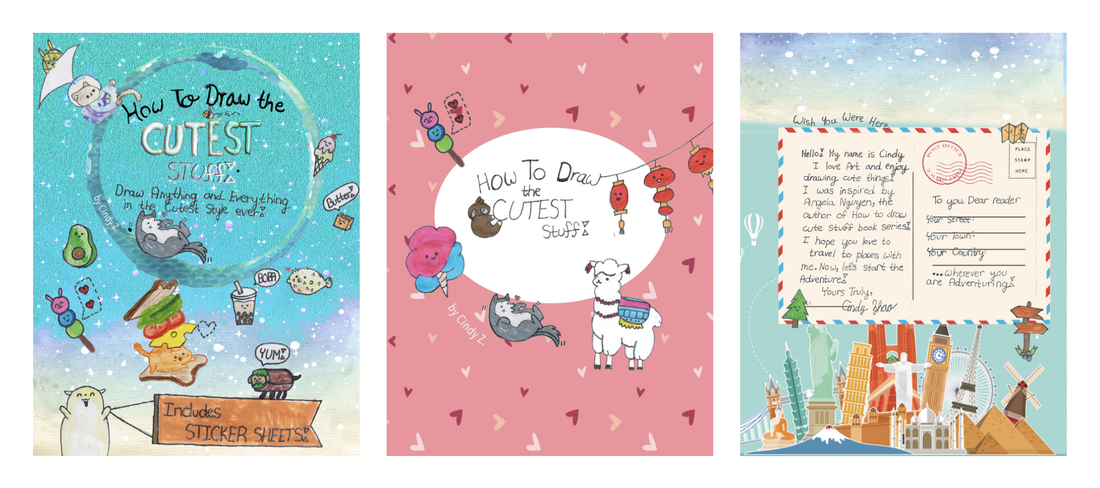
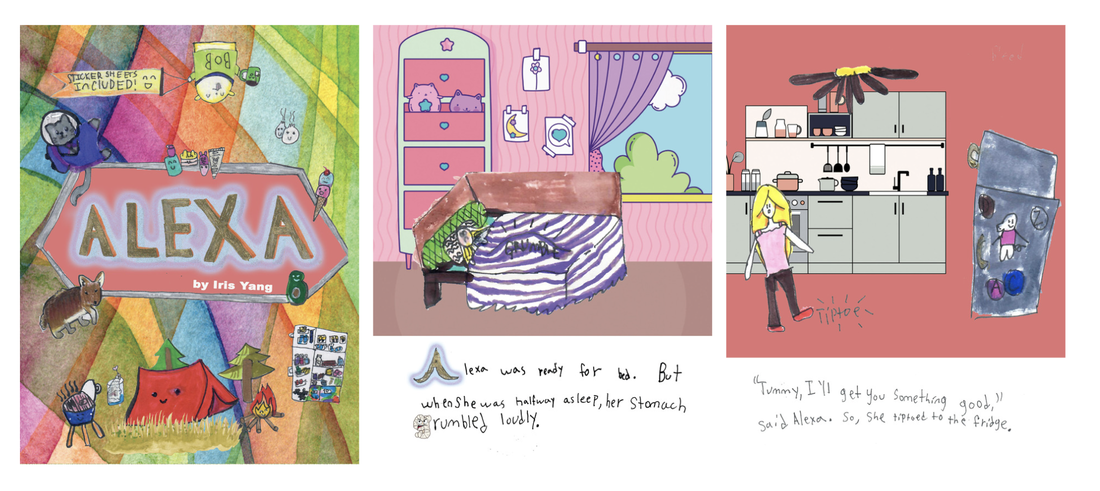
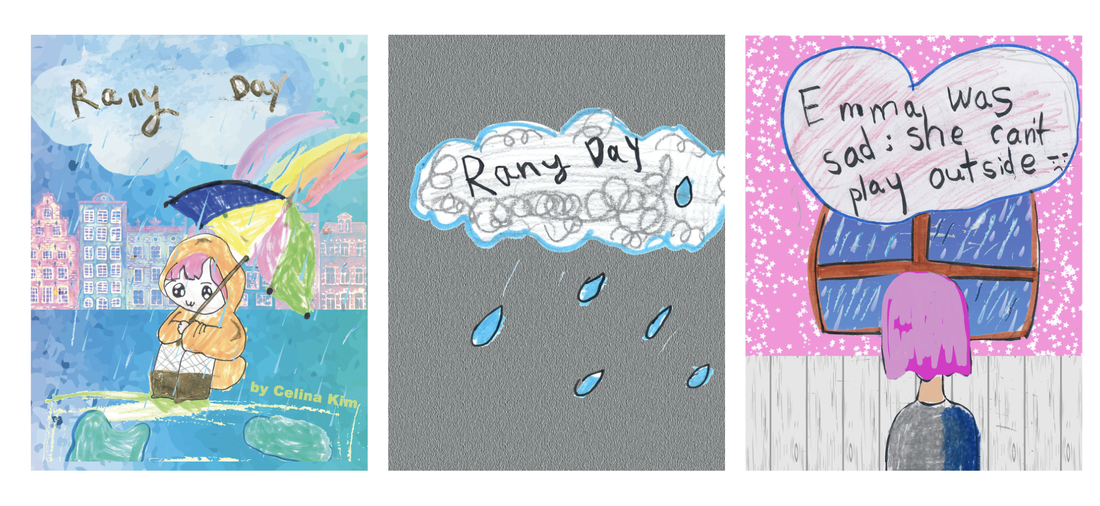
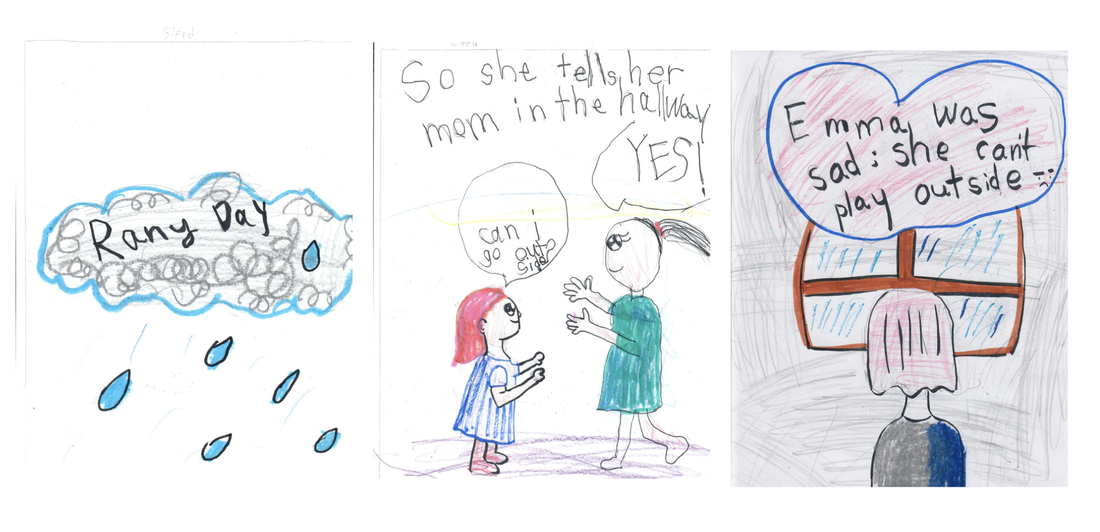
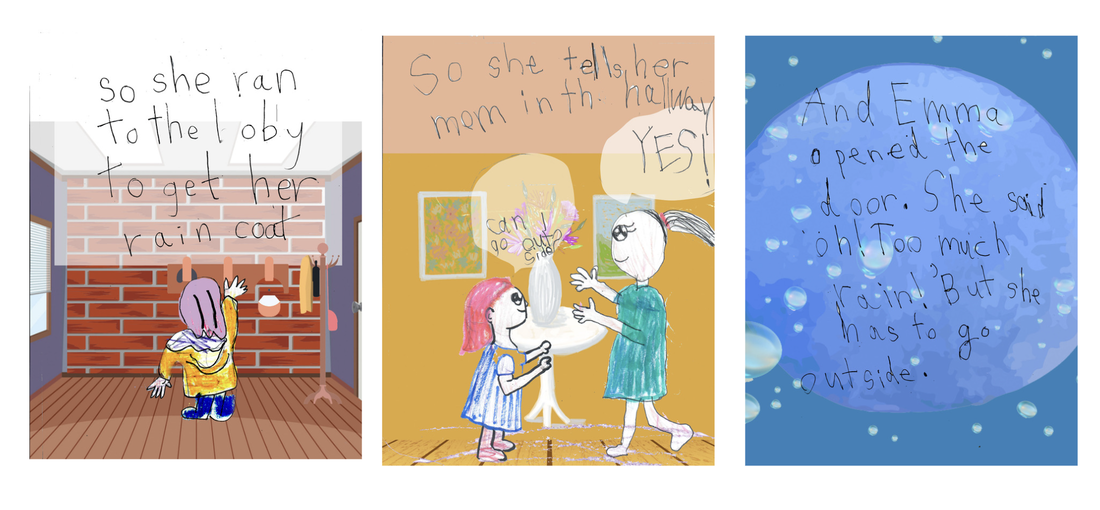
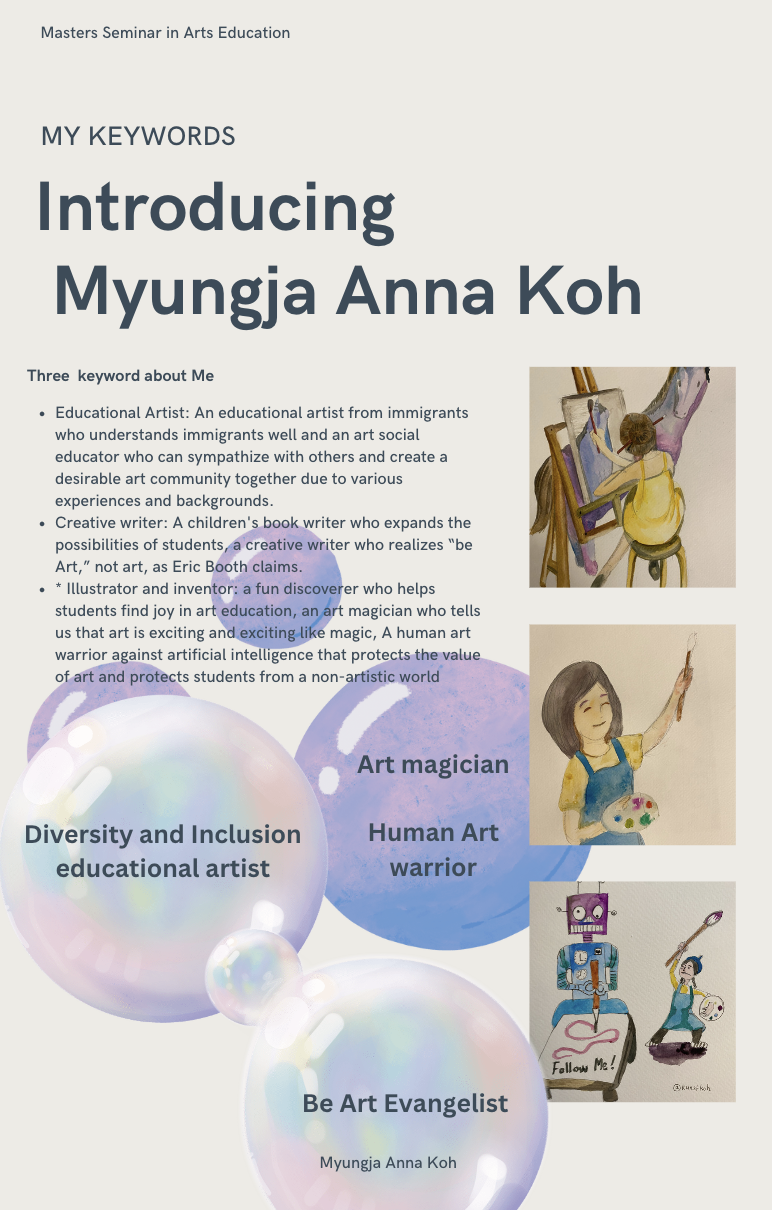
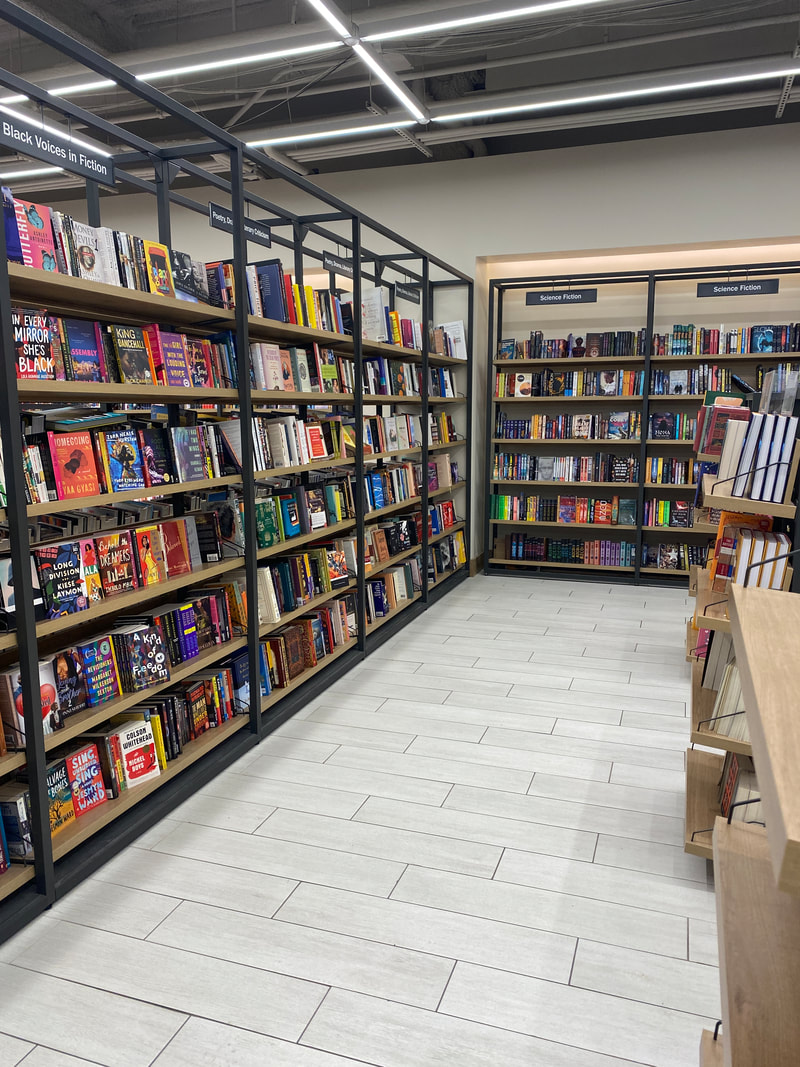
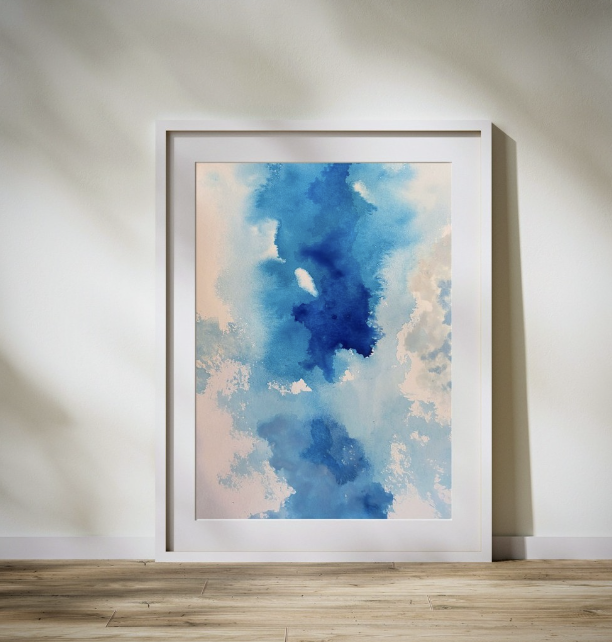
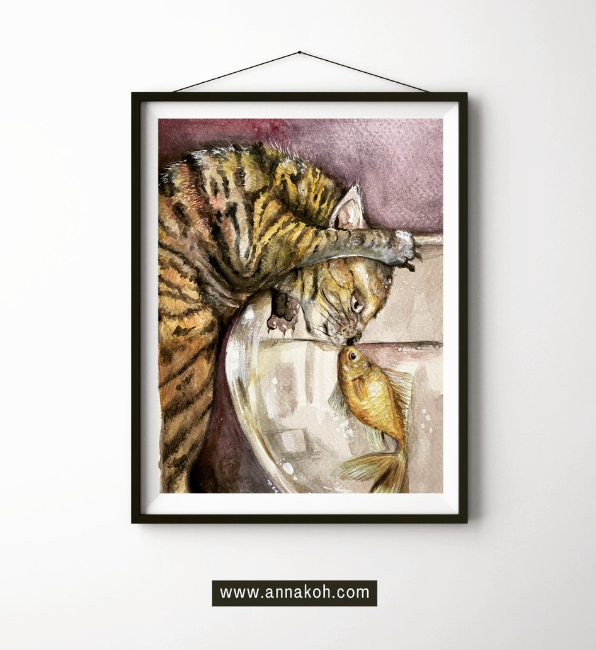
 RSS Feed
RSS Feed